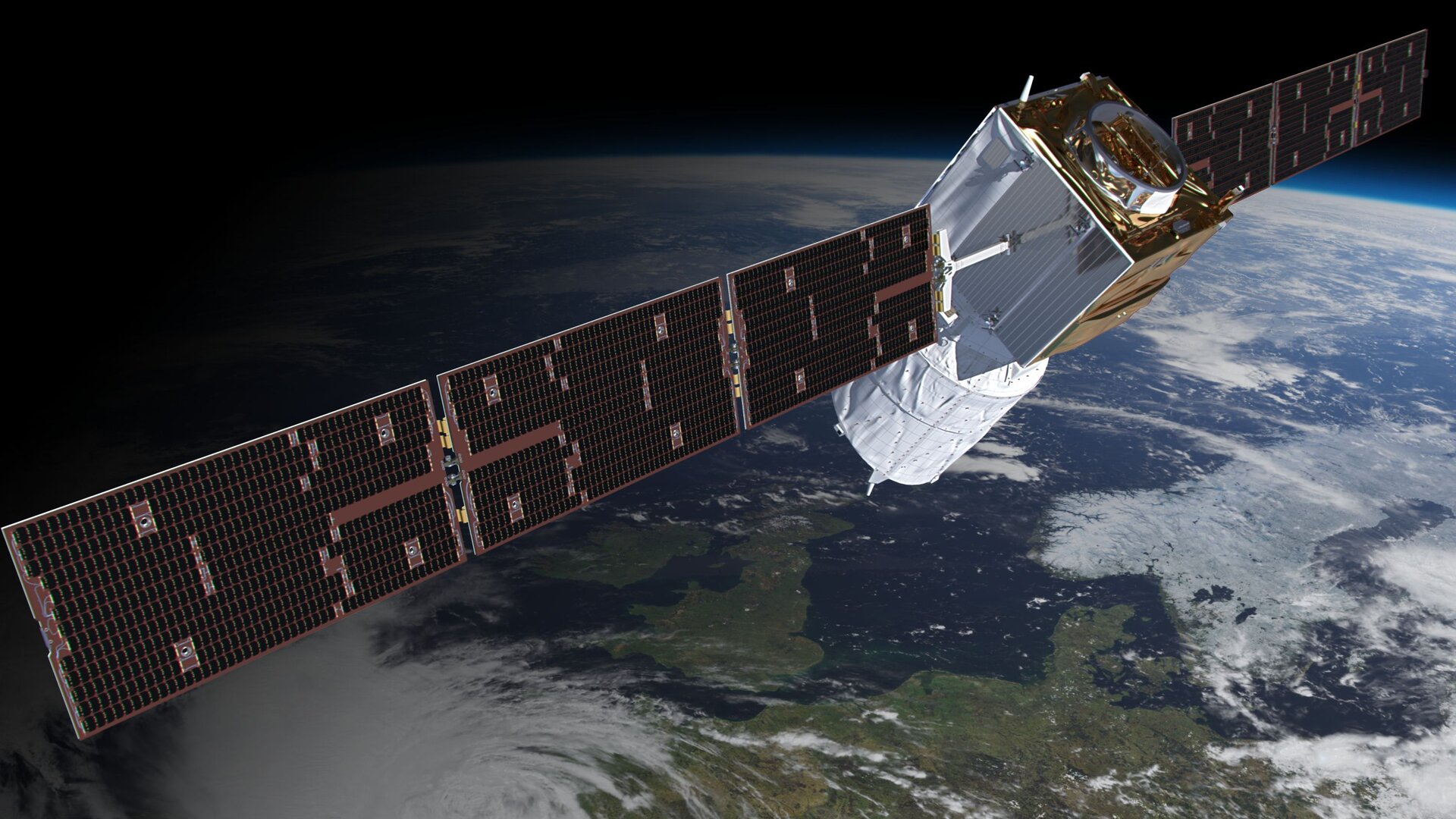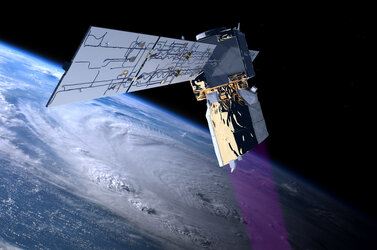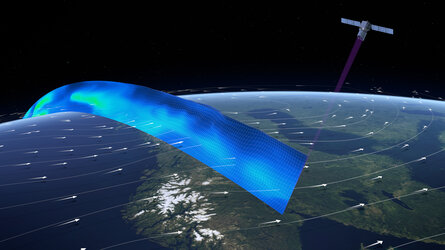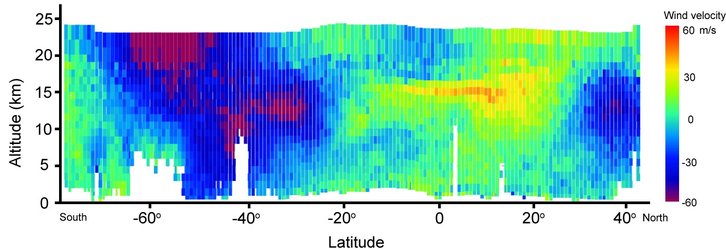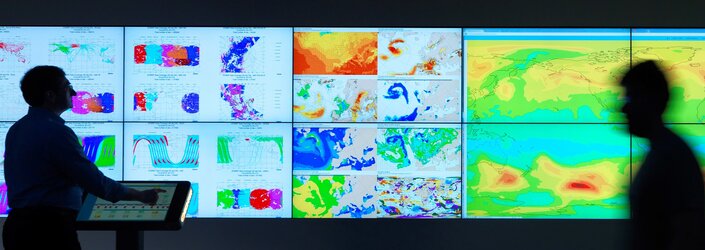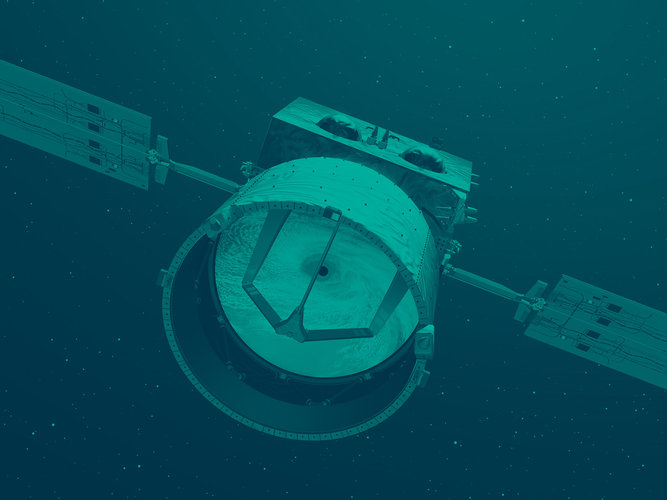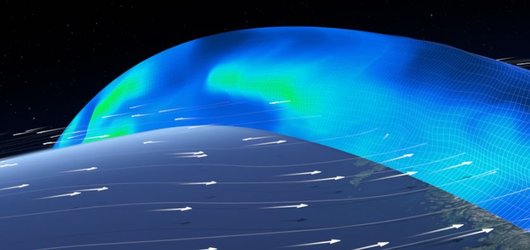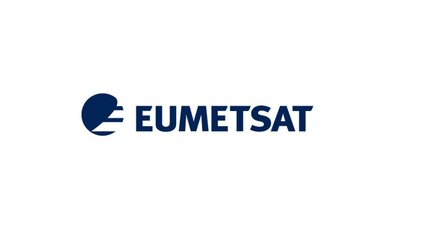Christmas comes early for Aeolus
ESA’s wind mission continues to shine as engineers have worked their Christmas magic. With a switch back to its original laser, Aeolus is now shining more than twice as brightly with its best ever performance – just in time for the holidays.
It’s another remarkable success for ESA’s fifth Earth Explorer. Launched in 2018 after many technical challenges, Aeolus pioneered what none had pioneered before – directly measuring global wind profiles from space using a laser.
Aeolus’ Aladin laser beams UV light into Earth’s atmosphere and detects the light scattered back from air molecules, water and particles such as dust. A technique known as Doppler wind lidar allows us to calculate wind speed based on the changes in frequency of the backscattered light that returns to the satellite.
In the year following the satellite’s launch, however, jeopardy struck. With the original laser output energy (FM-A) degrading more than foreseen, the mission was forced into an early switch to the backup laser (FM-B).
The second laser has performed admirably, taking Aeolus beyond its predicted lifetime in space. Aeolus has exceeded expectations to deliver wind data of such high quality that it’s now routinely used by weather forecasters worldwide.

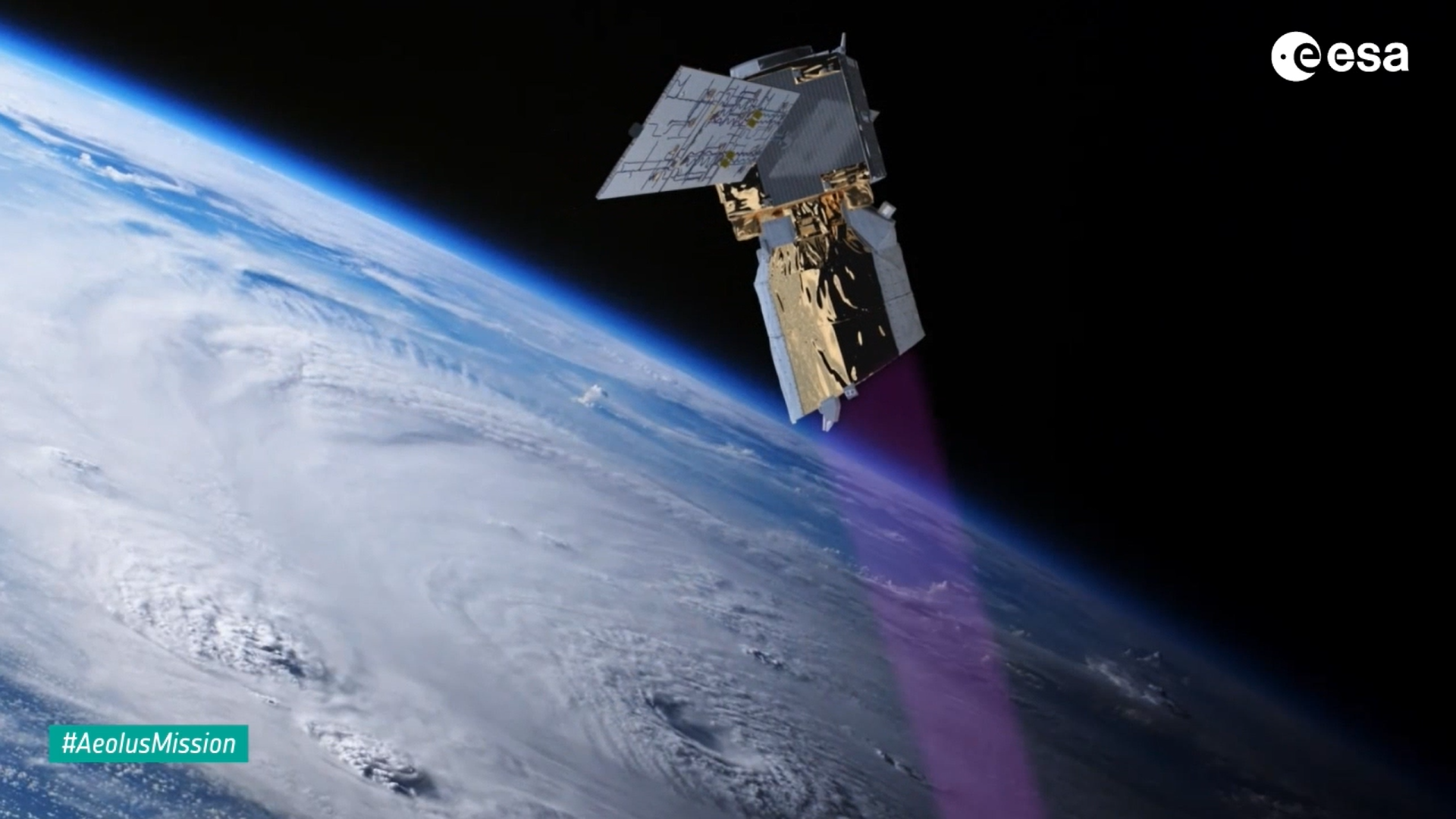
Access the video
The satellite’s global coverage meant that, during the 2020 COVID lockdowns when aircraft that would normally provide weather data were grounded, Aeolus managed to chip in with missing measurements. Recent results indicate that Aeolus measurements can also improve models tracking volcanic plumes and tropical cyclones. The overall economic benefits of the mission were calculated as €3.5 billion, a return on investment of more than 7:1.
Three years on, despite increasing the energy of the FM-B laser, the atmospheric return signal – though still providing usable data – was once again deteriorating rapidly.
You’d be forgiven for thinking that this might mean the end for the Aeolus mission, but ESA and industry project teams had other ideas. After two months of tirelessly troubleshooting, tinkering and tailoring, they have managed to eke more life out of the satellite with a switch back to the original FM-A instrument.
Not only that, Aladin is shining brightly again.
“It’s an amazing achievement,” says Denny Wernham, ESA’s Aeolus Payload Manager. “We have done extensive investigations and now understand why there was degradation of the emit path energy of the instrument during operations with FM-B despite the good performance of the laser.
“But we’re delighted with the performance of the FM-A laser signal. Using less than half the laser energy emitted by the FM-B, we have increased the atmospheric return signal by a factor of 2.2 compared to the end of FM-B laser operations. It’s thanks to the hard work, dedication and teamwork of all involved.”

The wind data have improved, too. Analysis has demonstrated that the Rayleigh wind random error – small errors in the measurement of wind data that vary between observations – has been reduced by 31%, and the Aeolus Data, Innovation, and Science Cluster (DISC) is working on further improvements.
“The recent wind data quality is very good. This is the best near-real time data of the mission, since it was first publicly released in May 2020, and similar to the re-processed data quality from Autumn 2019,” says Mike Rennie of the European Centre for Medium-Range Weather Forecasts (ECMWF).
It’s too soon to tell how long the mission will continue to provide usable data, but the preliminary signs suggest several months’ worth at least. For now, the FM-A signal seems relatively stable, which is promising.
Along with news that Aeolus-2, a future operational Doppler wind lidar mission partnered by ESA and European Organisation for the Exploitation of Meteorological Satellites (Eumetsat), has received full support at the recent ESA Council Ministerial Meeting, weather forecasters will be delighted with their early Christmas haul this year.
“This is a special mission with a special team,” says Aeolus Mission Manager Tommaso Parrinello. “It’s a testament to the importance of our Earth Explorer missions that we can not only demonstrate vital new technologies in space, but that the data are proving invaluable to operational users such as weather forecasters and to the entire scientific community.
“The work of our dedicated teams to understand and improve the Aladin laser will be crucial to help support the development of future operational missions such as Aeolus-2. In the meantime, I look forward to seeing Aeolus shining a light on Earth’s winds for a while yet.”


